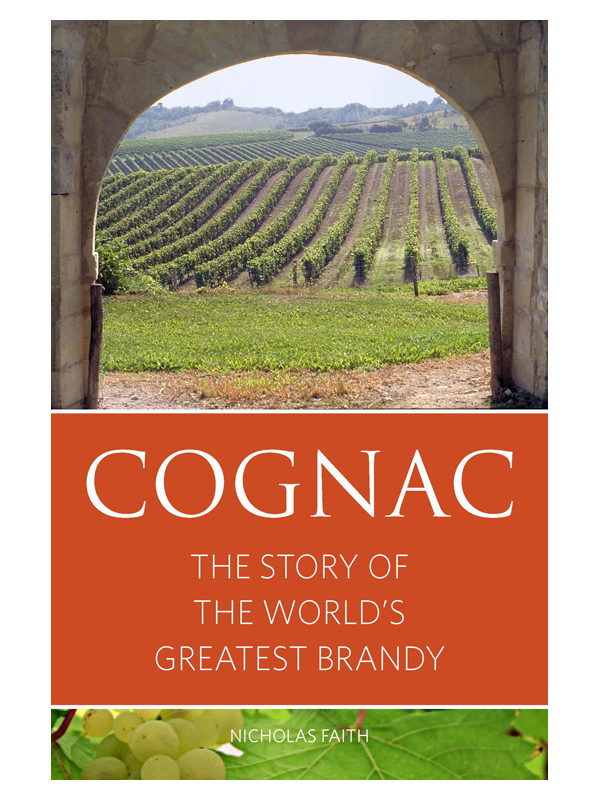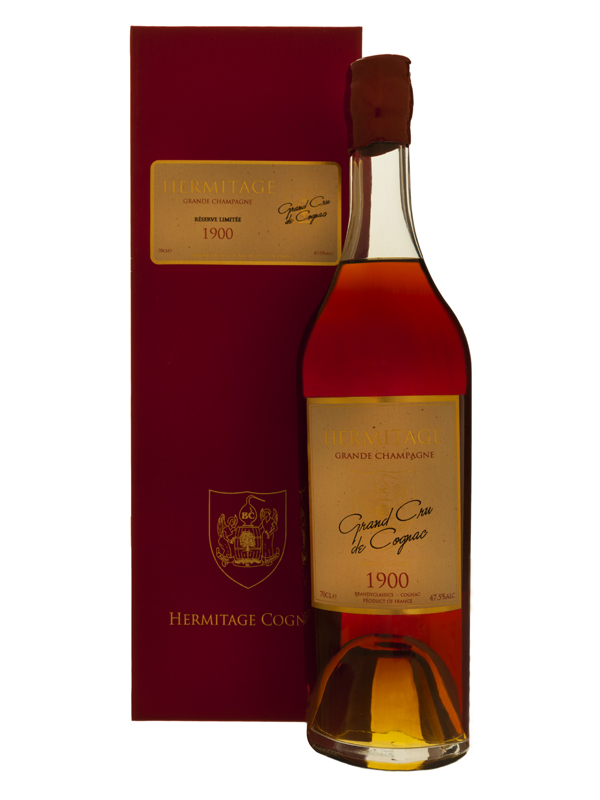With the festive season soon to be upon us, we thought that a word or two from the Managing Director, about how to avoid the worst hangovers, wouldn’t go amiss…….
My grandmother used to say “drink a glass of milk to line your stomach”, not sure if that worked but drinking a lot of water before you hit the bottle certainly helps as it dilutes the alcohol before it has time to absorb into the bloodstream. The alcohol causes the blood vessels to dilate, creating a comfortable warm flush but it also depresses the central nervous system in the brain creating a relaxed feeling.
Unfortunately, alcohol also interferes with the secretion of some hormones which inhibit the flow of urine, so the kidneys send water directly to the bladder and you rushing to the loo – instead of reabsorbing it into the body. You only need to drink about 250ml of alcoholic drink for the body to expel up to four times as much liquid. Body water is essential so it will be stolen from the brain making it shrink and causing pain. The more alcohol you drink the more you start to feel sick. Constant urinating leads to a depletion of salts and potassium, and toxins irritate you stomach lining. Your stomach also produces hydrochloric acid so the nerves send a message to the brain that the stomach’s contents are hurting the body and must be expelled! Alcohol also interferes with the production of glutamine, a natural body stimulant. Whilst you are drunk, the levels of glutamine are low encouraging a deep sleep however, the body works hard to produce excesses of the stimulant. This increases brain activity which wakes you up and prevents you from reaching the deepest and most relaxing form of sleep, usually making you tired and hung over in the morning.
So what can we do the following morning to overcome the horrendous head pains and nauseous feeling? Vitamin C is said to be good and a couple of fizzy tablets also help but aspirin can make you feel worse as it affects the lining of your stomach. Coffee can have the same effect so probably water, or some juice, is best in large quantities and with food to help absorb more alcohol. One sure way to help things along is exercise, enough to make you sweat the alcohol out. Sure, it hurts in the short term but normality seems to come quicker the harder you go at it. For me though, I take the easy route, a really hot steam in a sauna for an hour works wonders!
Perhaps though, you should do as we do at Brandyclassics. We taste a lot of cognacs, as you would imagine, and after rolling it around our mouths, chewing it and making sure all parts of our mouths are suitably coated with the nectar, we spit it out! Seriously though do enjoy your Cognacs , there are a lot of different ones to taste so take it easy, you will enjoy them just that bit more.


